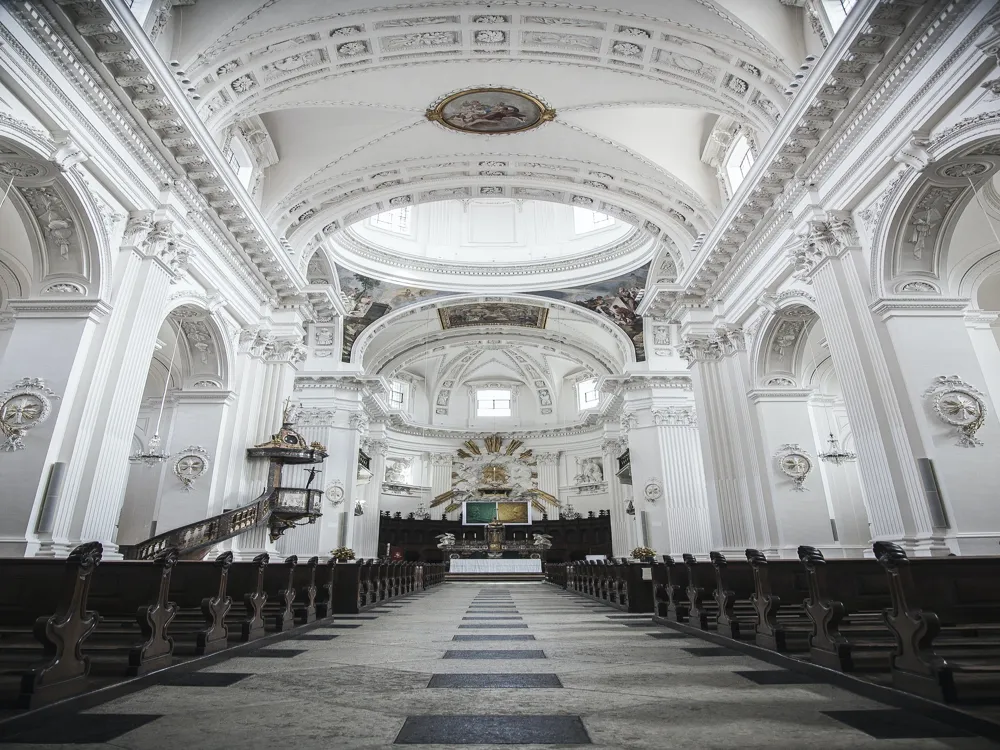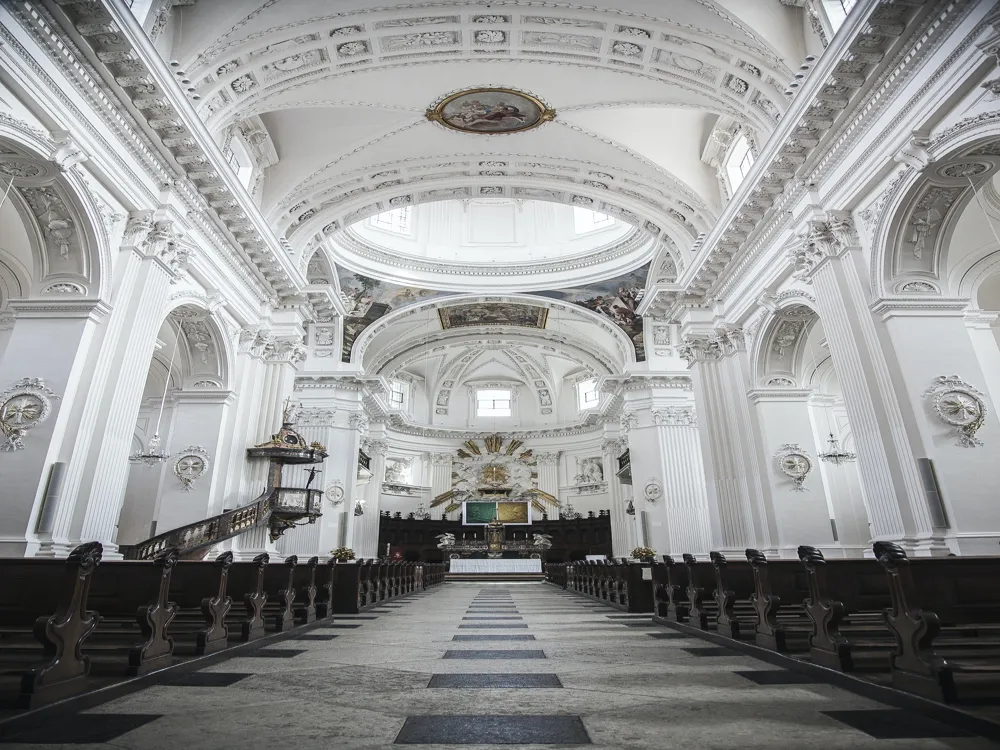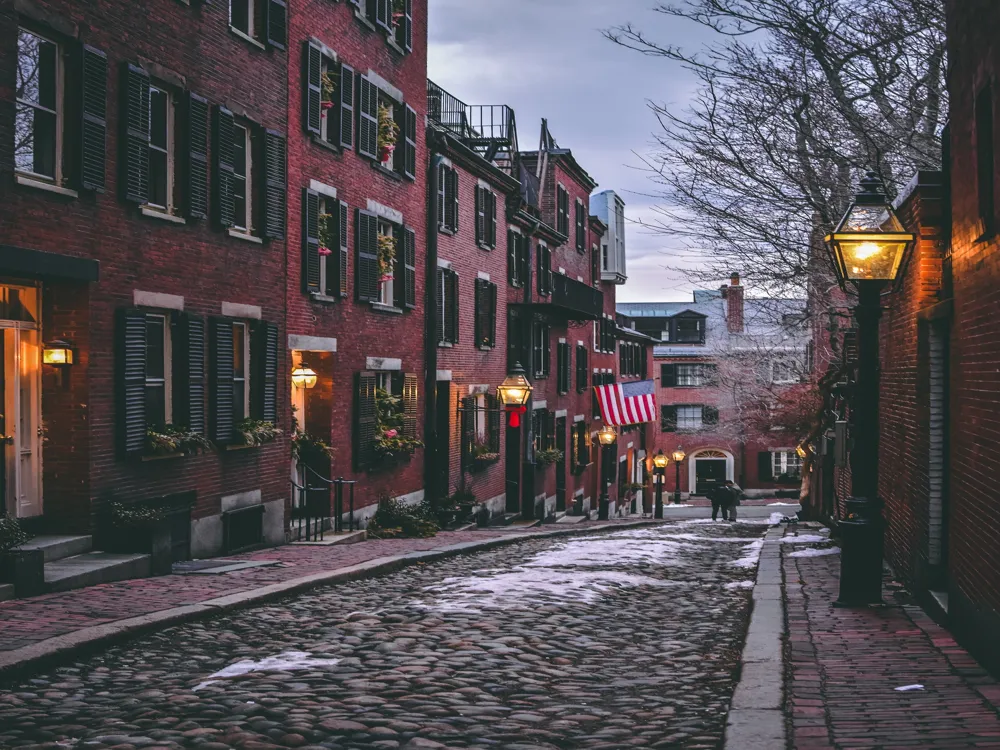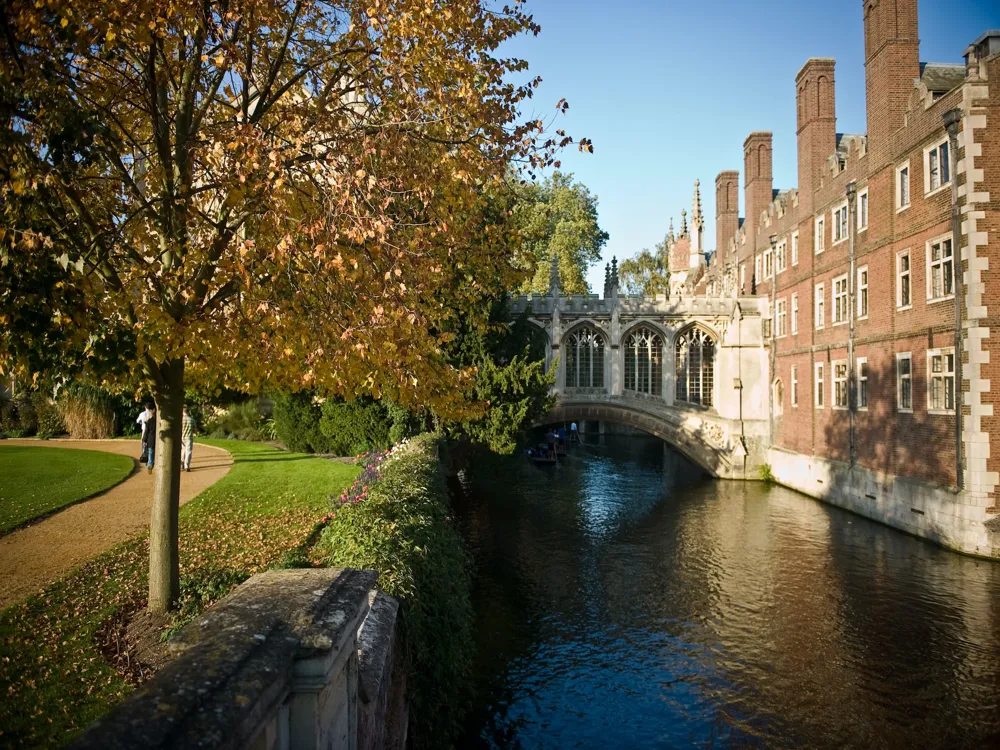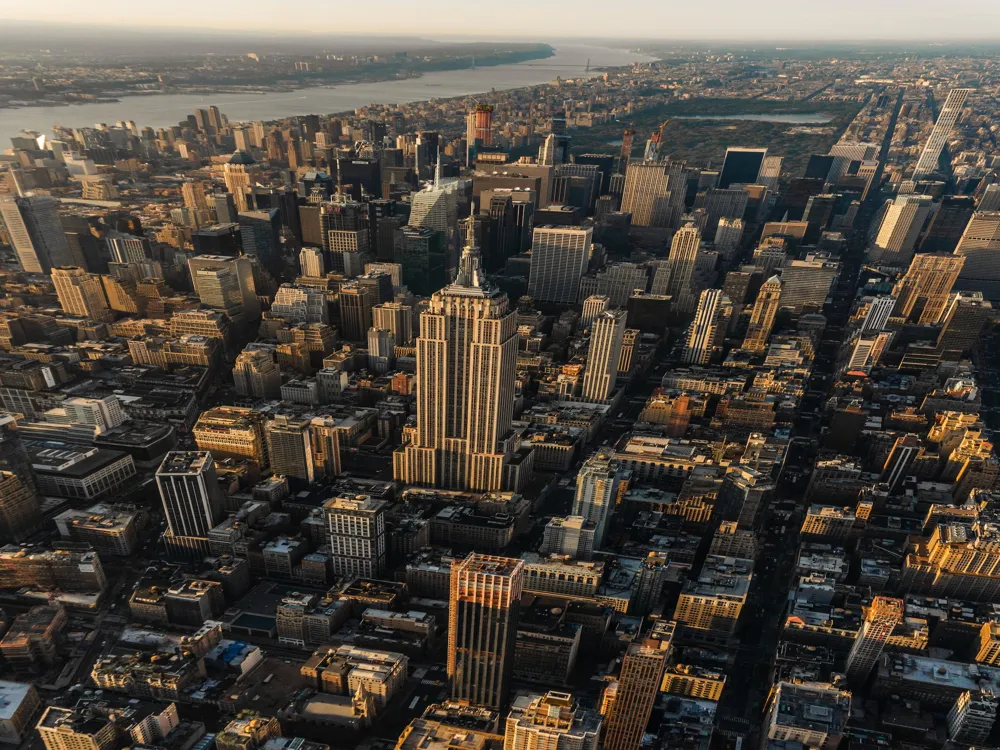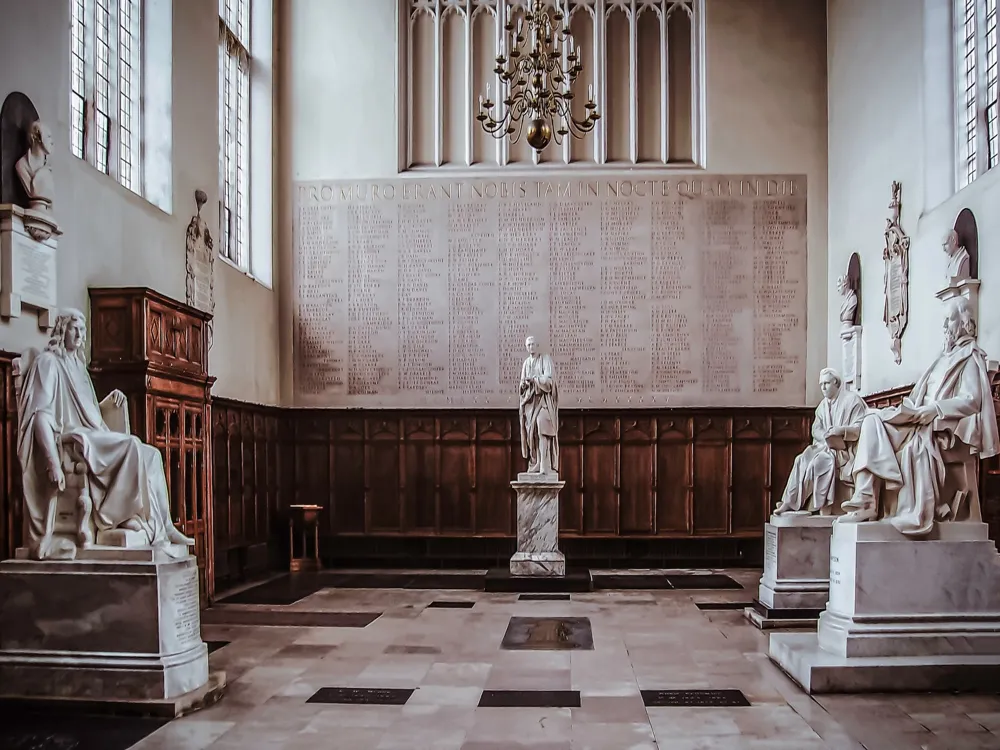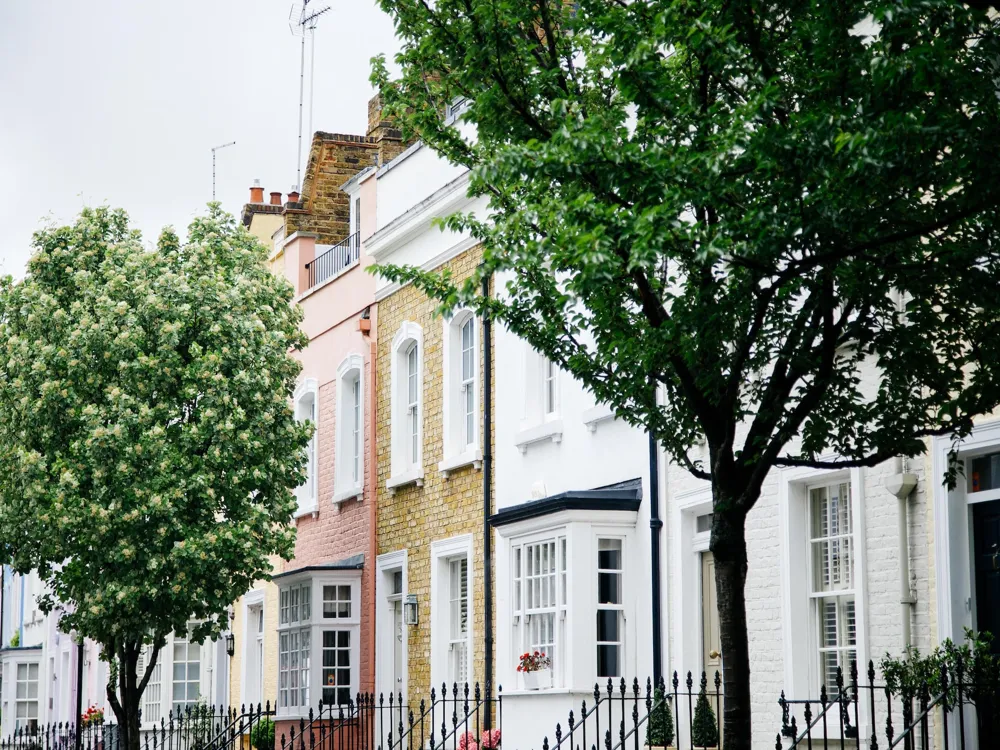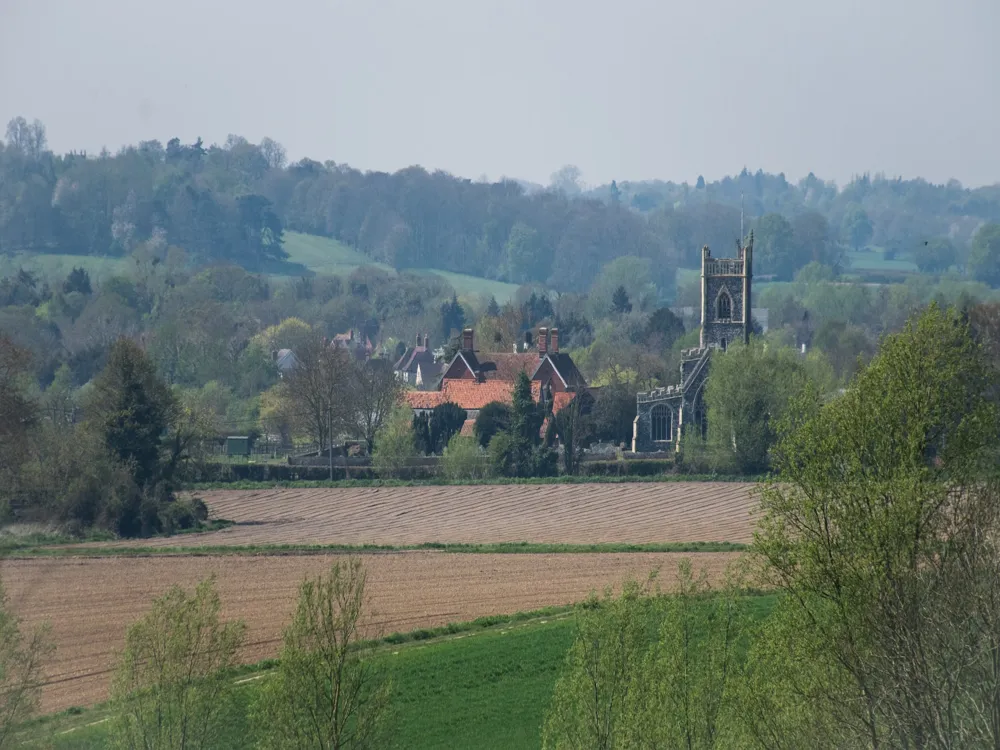The Freedom Trail in Boston, Massachusetts, is a 2.5-mile-long path through downtown Boston that passes by 16 locations significant to the history of the United States. Marked largely with brick, it leads to a collection of museums, churches, meeting houses, burial grounds, parks, a ship, and historic markers that tell the story of the American Revolution and beyond. The architecture along the Freedom Trail is a showcase of Boston's rich history, featuring a mix of styles from colonial times to modern architecture. Key structures include the Massachusetts State House with its iconic golden dome, the Old North Church known for its Georgian style, and Faneuil Hall, a marketplace and meeting hall since 1743. Check the weather forecast and dress accordingly, as much of the trail is outdoors. Comfortable walking shoes are a must. It's also advisable to start early to avoid crowds, especially during peak tourist seasons. Consider taking a guided tour for a more immersive experience. Guides often dress in period costumes and provide in-depth historical context, making the journey both educational and entertaining. The trail is generally safe, but always be mindful of your surroundings. Most of the trail is wheelchair accessible, but some historic sites may have limitations due to their age and preservation status. The Freedom Trail is accessible via various modes of transportation. Visitors can take the subway, with stations close to several key stops on the trail, like Park Street, Haymarket, and State Street stations. For those driving, public parking is available downtown, but it can be expensive and limited. Walking or biking to the trail is also a viable option, especially during good weather. Read More:Overview of Freedom Trail Boston
Architecture of Freedom Trail Boston
Tips When Visiting Freedom Trail Boston
Planning Your Visit
Guided Tours
Safety and Accessibility
How To Reach Freedom Trail Boston
Freedom Trail Boston
Boston
Massachusetts
NaN onwards
View boston Packages
Weather :
Tags : Historical Site
Length : 2.5 miles/ 4 km
Year of Establishment : 1951
Number of Sites : 16
Suggested Duration : 90 minutes (Official tour) to 5 hours (Self)
Cost of the Official Tour : USD 14 for adults & USD 8 for children
Pet Friendly : yes
Parking : There is parking available near Boston Common, Faneuil Hall and Charlestown
Planning a Trip? Ask Your Question
Boston Travel Packages
View All Packages For Boston
Top Hotel Collections for Boston

Private Pool

Luxury Hotels

5-Star Hotels

Pet Friendly
Top Hotels Near Boston
Other Top Ranking Places In Boston
View All Places To Visit In boston
View boston Packages
Weather :
Tags : Historical Site
Length : 2.5 miles/ 4 km
Year of Establishment : 1951
Number of Sites : 16
Suggested Duration : 90 minutes (Official tour) to 5 hours (Self)
Cost of the Official Tour : USD 14 for adults & USD 8 for children
Pet Friendly : yes
Parking : There is parking available near Boston Common, Faneuil Hall and Charlestown
Planning a Trip? Ask Your Question
Boston Travel Packages
View All Packages For Boston
Top Hotel Collections for Boston

Private Pool

Luxury Hotels

5-Star Hotels

Pet Friendly








